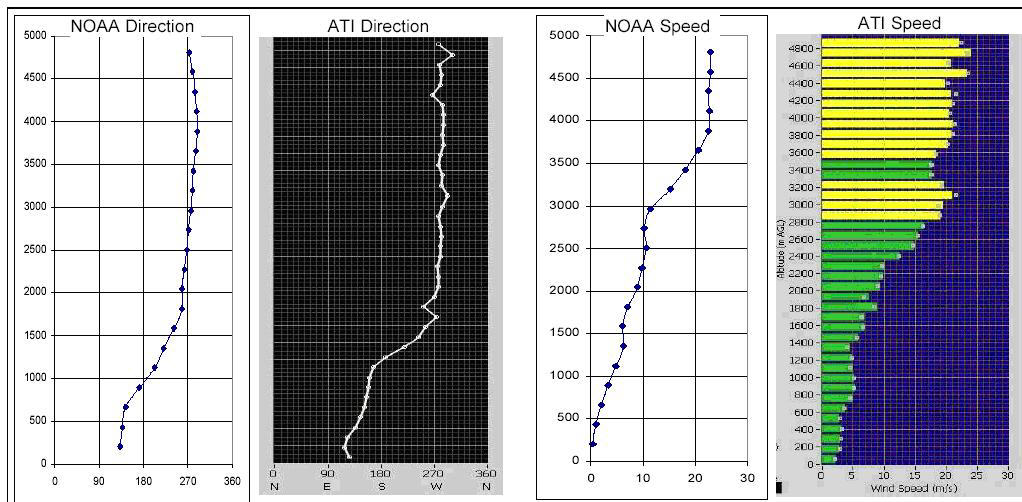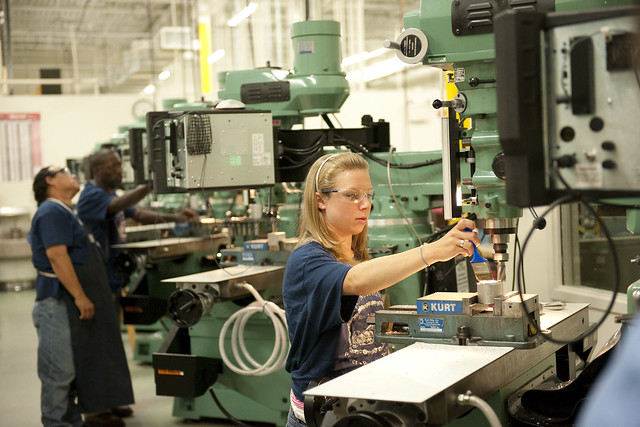Applied Technologies Biography
Research has shown that there is a great deal of apprehension associated with assessing the effectiveness of technology in the classroom and its development of information-age skills. This is because information-age skills, also commonly referred to as twenty-first century literacies, are relatively new to the field of education.[29] According to the New Media Consortium, these include “the set of abilities and skills where aural, visual, and digital literacy overlap”.[22] Jenkins modifies this definition by acknowledging them as building on the foundation of traditional literacy, research skills, technical skills and critical-analysis skills taught in the classroom.[22]
Current school assessments are based on standardized tests and the ability to complete these uniform tests, regardless of one’s preferred learning style. Many factors play into this observation including the strong impact of time. By using technology and learning through discovery, teachers may feel that they are not able to cover the material needed to meet the requirements of the curriculum.[23] Therefore, the traditional style of teaching, including the lecturing in front of the class, and a “one-size-fits-all” approach to testing is common in today’s classrooms. This is a barrier because it prevents the full integration of technology into the curriculum, the ability to learn through inquiry, and the collaborative problem-solving skills, which prove to be essential traits needed in the twenty-first century.In recent years, OpenCourseWare (OCW), an academic initiative that gives the public access to much of the same information used in undergraduate and graduate programs at institutions of higher education, has greatly improved the quality of educational material available for free on the Internet. The idea of OpenCourseWare gained prevalence in 2002 when MIT began distributing academic material from courses to the public for free.[31] Through the early 2000’s, this idea began to gain popularity with other colleges and universities. As of 2008, there were close to 150 collegiate institutions that had operational OpenCourseWare programs, or were in the process of planning such programs.[32] These institutions include Harvard, Princeton, Stanford, University of Pennsylvania, and University of Michigan.[33] Such programs are an example of how technology can allow more people to have access to information and resources that have originally only been accessible to students at prestigious universities.
Research has shown that there is a great deal of apprehension associated with assessing the effectiveness of technology in the classroom and its development of information-age skills. This is because information-age skills, also commonly referred to as twenty-first century literacies, are relatively new to the field of education.[29] According to the New Media Consortium, these include “the set of abilities and skills where aural, visual, and digital literacy overlap”.[22] Jenkins modifies this definition by acknowledging them as building on the foundation of traditional literacy, research skills, technical skills and critical-analysis skills taught in the classroom.[22]
Current school assessments are based on standardized tests and the ability to complete these uniform tests, regardless of one’s preferred learning style. Many factors play into this observation including the strong impact of time. By using technology and learning through discovery, teachers may feel that they are not able to cover the material needed to meet the requirements of the curriculum.[23] Therefore, the traditional style of teaching, including the lecturing in front of the class, and a “one-size-fits-all” approach to testing is common in today’s classrooms. This is a barrier because it prevents the full integration of technology into the curriculum, the ability to learn through inquiry, and the collaborative problem-solving skills, which prove to be essential traits needed in the twenty-first century.In recent years, OpenCourseWare (OCW), an academic initiative that gives the public access to much of the same information used in undergraduate and graduate programs at institutions of higher education, has greatly improved the quality of educational material available for free on the Internet. The idea of OpenCourseWare gained prevalence in 2002 when MIT began distributing academic material from courses to the public for free.[31] Through the early 2000’s, this idea began to gain popularity with other colleges and universities. As of 2008, there were close to 150 collegiate institutions that had operational OpenCourseWare programs, or were in the process of planning such programs.[32] These institutions include Harvard, Princeton, Stanford, University of Pennsylvania, and University of Michigan.[33] Such programs are an example of how technology can allow more people to have access to information and resources that have originally only been accessible to students at prestigious universities.
Applied Technologies
Applied Technologies
Applied Technologies
Applied Technologies
Applied Technologies
Applied Technologies
Applied Technologies
Applied Technologies
Applied Technologies
Applied Technologies
Applied Technologies
Applied Technologies
Applied Technologies
Applied Technologies
Applied Technologies
Applied Technologies
Applied Technologies
Applied Technologies
Applied Technologies
Applied Technologies

















No comments:
Post a Comment